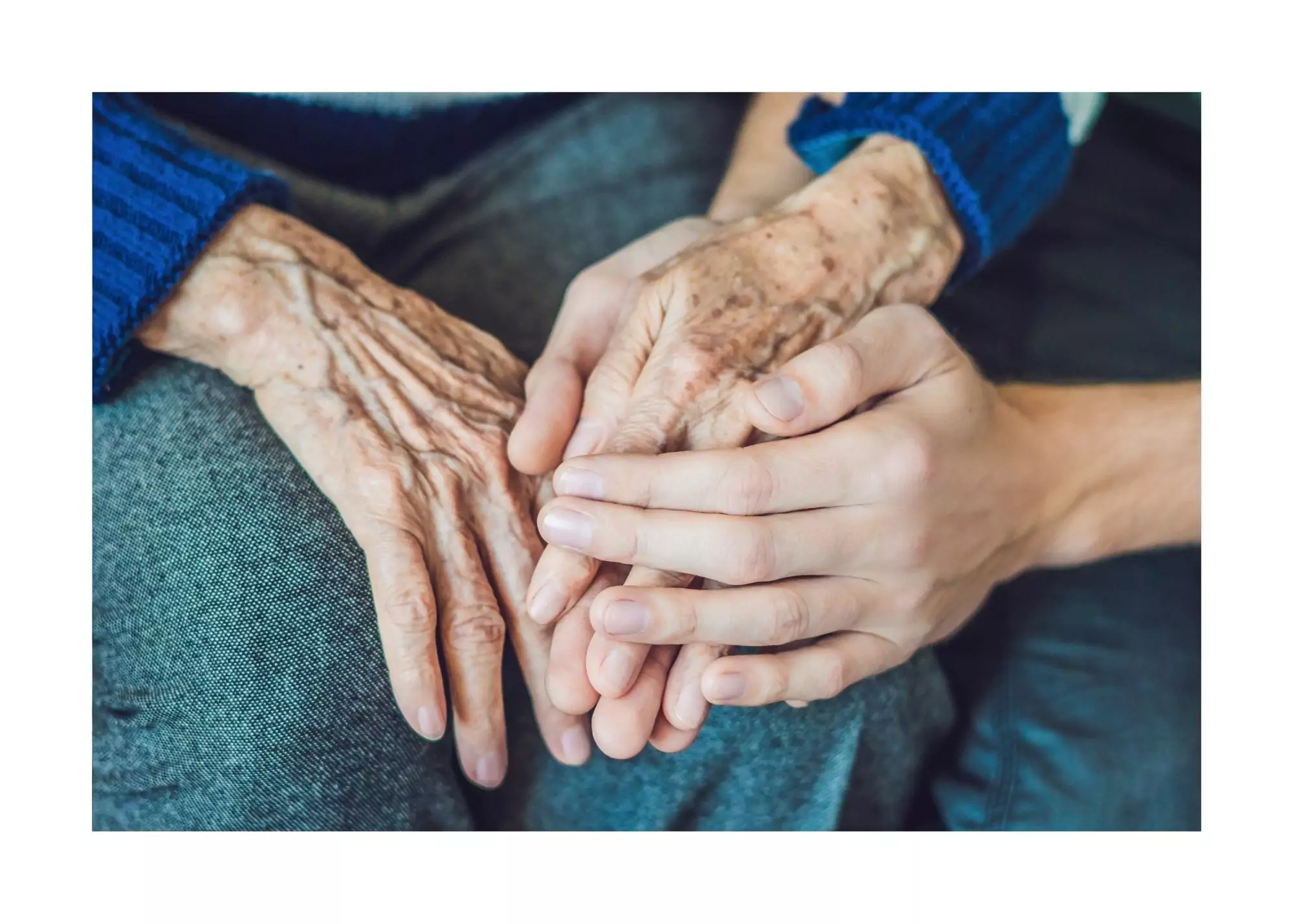Hospice care provides physical, psychological, social and spiritual support for those who are in their last stages of a terminal illness. Typically, hospice care is suggested by a healthcare provider when a patient has six months or less to live. Many individuals who are experiencing terminal and chronic conditions such as cancer, heart disease, dementia and kidney failure use hospice as a way to prepare for the last stages of their journey. In addition, hospice care can help families cope with the forthcoming loss of a loved one through counseling and respite care. While hospice care is often focused on meeting the physical needs of a patient, many people are unaware of its robust offerings for both the individual receiving care and their family members.
What Does Hospice Care Provide?
Many hospice care providers take different approaches to services and types of support, however all hospice providers are required to offer certain services. According to the American Cancer Society, here are a few of the most common types of hospice services provided for patients:
Palliative care
Palliative care, or symptom management, is provided as a part of hospice and is designed to prevent or treat any symptoms related to an individual’s illness. Palliative care helps address any pain or discomfort in order to allow the patient to enjoy the last stage of life with their loved ones. The main goal of palliative care is to ensure the patient is comfortable and knows their options.
Home care
Most hospice care is given directly from an individual’s home. However, there may be some situations where hospice care needs to be given from a hospital or long-term care facility. A hospice team can arrange for care no matter where you are, and will be involved with your care plans and family members.
Spiritual care
In addition to managing pain and controlling symptoms, hospice care also provides an individual with spiritual or religious care, depending on their beliefs and preferences. Spiritual care can help an individual prepare to say goodbye to their loved ones to with planning a religious or spiritual ceremony and burial plans.
Family meetings
A hospice care team will meet regularly with family members and keep them informed about their loved one’s condition and help manage expectations. These meetings allow family members to discuss their feelings, ask questions and prepare for the death of their loved one. In addition, the hospice care team will share daily updates and make routine visits.
Coordination of care
The hospice care team is responsible for coordinating care for the individual and sharing information to those involved in providing medical care. This might include an inpatient facility, pharmacists, clergy and even funeral directors. Hospice care teams are also available anytime during the day or night if a question or problem were to arise.
Respite care
Caregiving can be extremely challenging for spouses and other family members. That’s why hospice services provide respite care. During respite care, an individual is cared for in the hospital or a nursing home so their caregivers can rest at home, attend to other responsibilities or simply take a break.
Bereavement care
After a loved one dies, the hospice care team will provide support to the family during the grieving process. Trained volunteers, clergy members or professional counselors will provide visits, phone calls, support groups or counseling sessions to members of the family. The hospice care team can also provide resources and other professional care when needed.
Who makes up a Hospice Care Team?
According to the Mayo Clinic, a hospice care team is made up of professionals ranging from healthcare providers to volunteers and home health aides. If you or your loved one is receiving hospice care, here’s who you can expect to be on your care team:
- Doctors. Those who receive hospice care will be under the supervision of a primary care doctor, hospice doctor or medical director. Each patient will be able to choose their primary doctor who will oversee their care.
- Nurses. Nurses will provide care in any setting, depending on where the individual is receiving hospice services. Nurses are also responsible for coordinating the hospice care team.
- Home health aides. Home health aides provide additional support with daily activities such as bathing, dressing, eating and other routine tasks.
- Spiritual counselors. Chaplains, priests, lay ministers and other spiritual counselors or advisers can help provide spiritual care and guidance to the individual receiving care and their family members.
- Social workers. Social workers provide counseling, support, and referrals to other support systems and resources both for the patient and their families.
- Pharmacists. Pharmacists provide medication management and offer suggestions on how to best relieve symptoms and manage pain.
- Volunteers. Trained volunteers often provide a variety of services including respite care, transportation services and help with additional needs.
- Other professionals. Speech, physical and occupational therapists can provide therapy when needed.
- Bereavement counselors. Trained bereavement counselors offer support and guidance to family members after the death of their loved one.
Benefits of Hospice Care
Watching a loved one go through their final stages of life is hard for everyone involved. Hospice care provides comprehensive care that supports both the individual and their family members through this difficult time. While hospice can be provided in a hospital or long-term care facility, it can also be provided in the comfort of one’s own home, which allows patients to feel more comfortable and relaxed. Hospice also provides a comprehensive care plan, which takes the burden off of family members and allows them to spend quality time with their loved one without worry for the future. In addition, hospice care can be personalized to fit the needs of the individual and support their wishes for the future.



